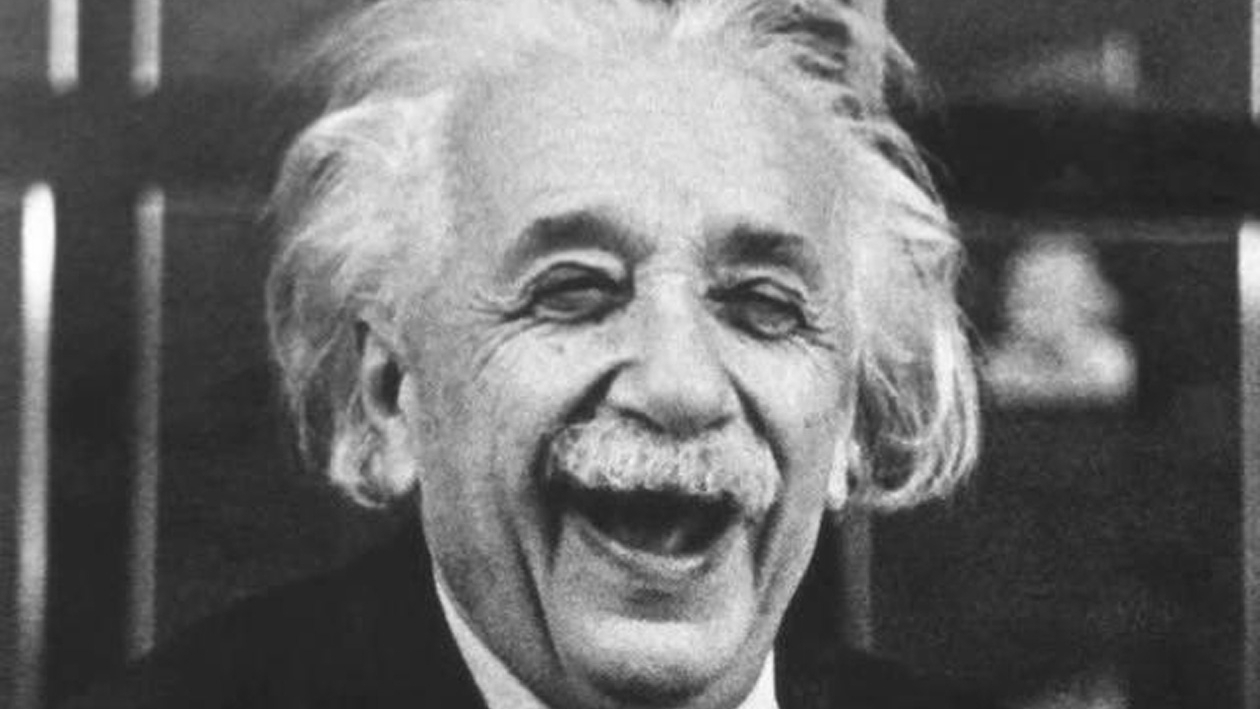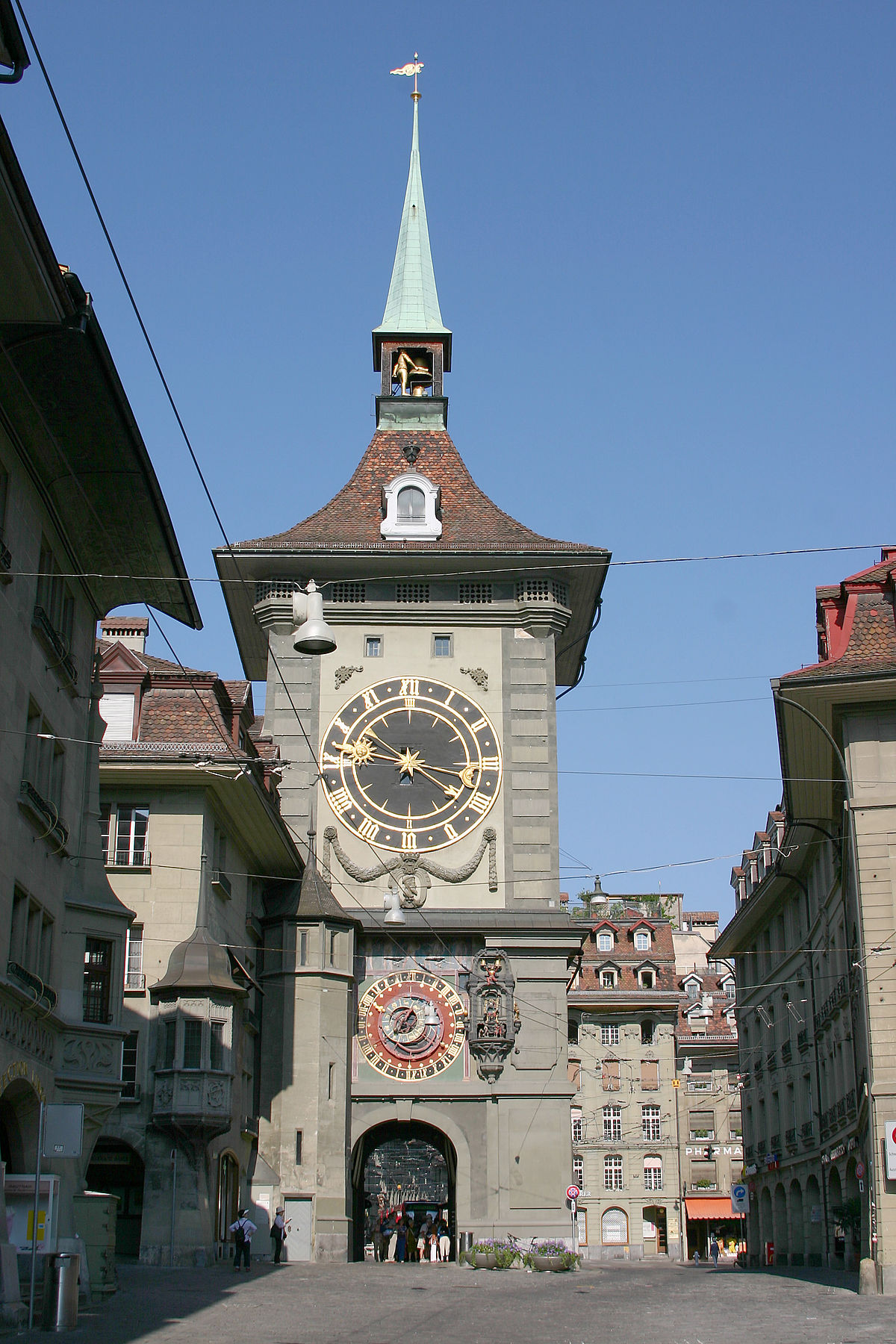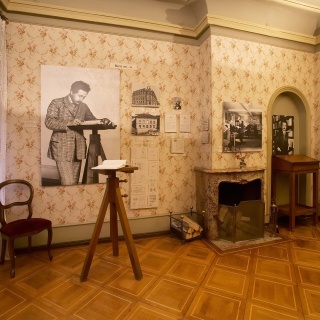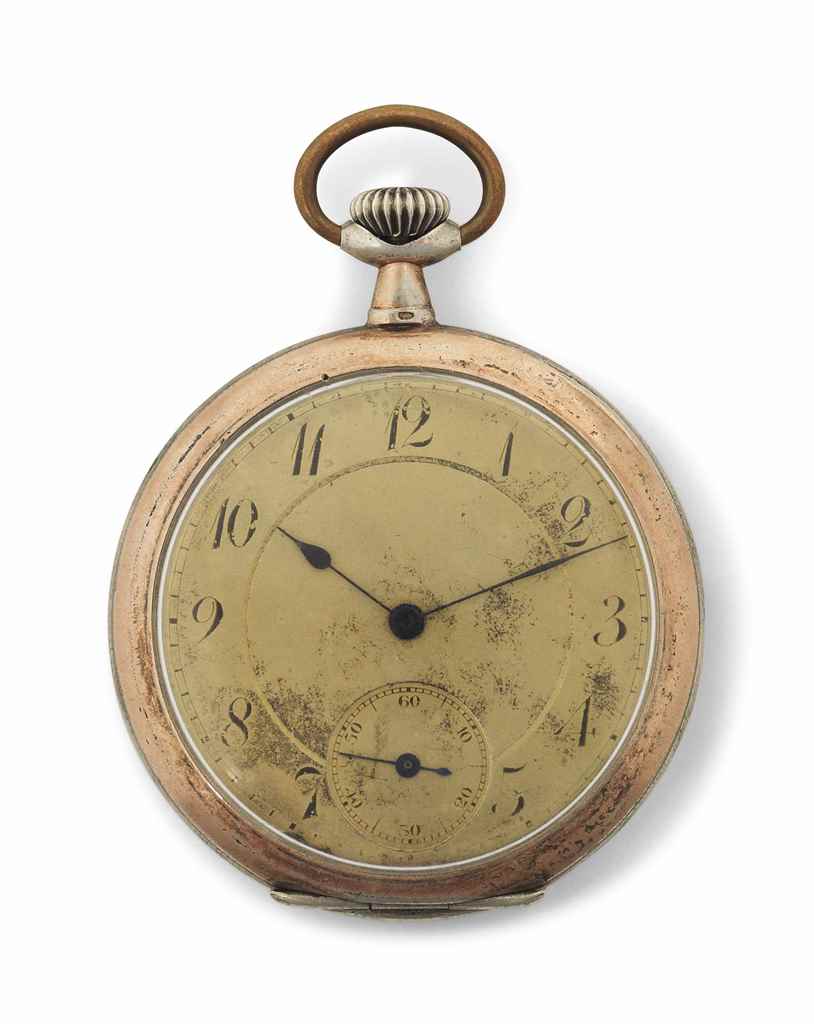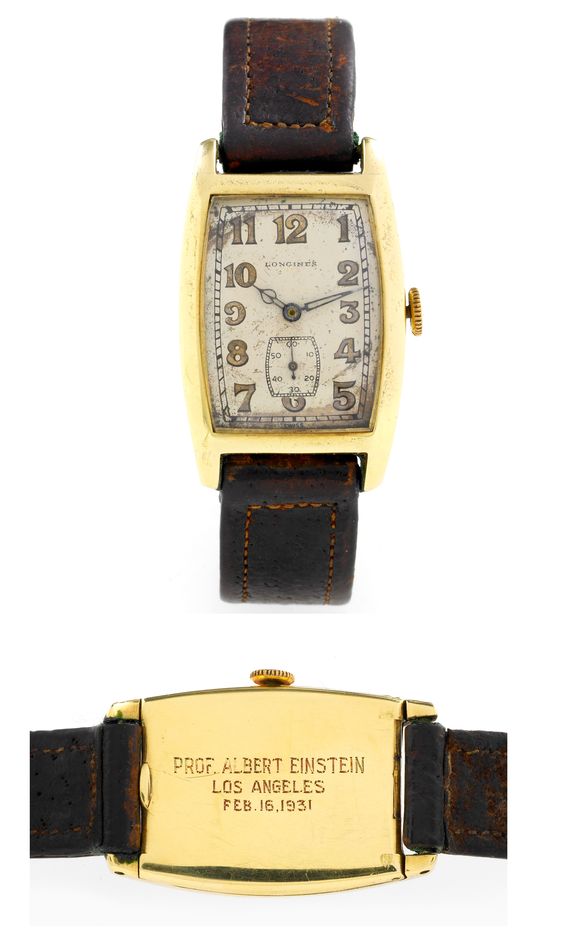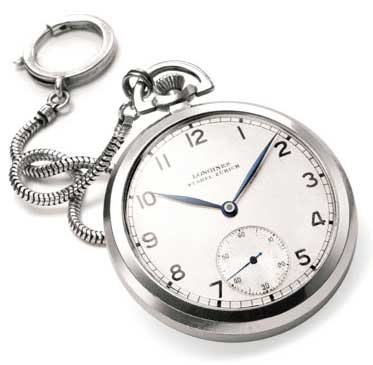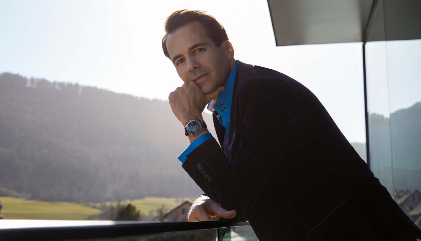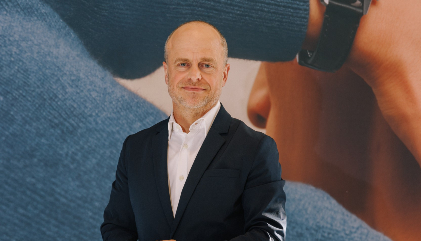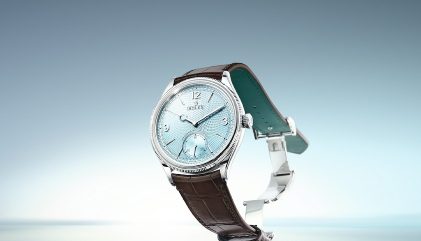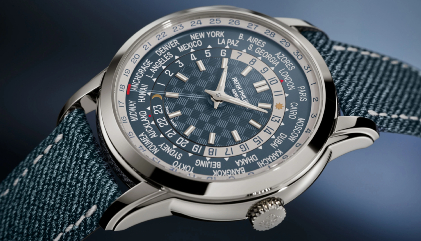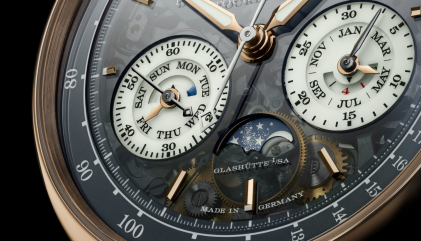With the Solar Eclipse having hit North America yesterday, and NASA uploading these stunning images of the eclipse from the earth, sky, and outer space, we're reminded of the total solar eclipse which took place in the summer of 1919 on 29th May. What made this particular eclipse extra special? Renowned scientist Albert Einstein had used the May 1919 total solar eclipse to challenge Newton's theory of gravity, to prove that gravity can, in fact, bend space time to change the path of light. This opposed Newton's theory which defined gravity as a fixed background for space to act on. It was this revelation which boosted Einstein to the global platform, as he became the reason behind headlines such as “Revolution in Science: New Theory of the Universe: Newton's Ideas Overthrown!”, published by the London Times in November 1919.
Very few people know that it was the Bern Clock Tower which had instigated Einstein's study of the concept of relativity. We've found out how.
Born in Germany in 1879, Einstein moved to Switzerland at the age of 16 to study, where he eventually became a Swiss citizen. Known fondly as Bern's favorite adopted son, Einstein published his first papers on the theories of relativity in 1905, which were, interestingly enough, inspired by the Zytglogge – the landmark Clock Tower located in the city of Bern, Switzerland.
Einstein lived in an old apartment which could be reached using the winding staircase. This apartment, along with the surroundings, were subject to the towering prowess of the 16th century clock tower. It was in this very apartment, where Einstein predicted how time actually goes at different speeds for different people basis their motion. The one question which changed his thinking about the concept of time, and by and large the universe, was, “what would happen if a speed car raced away from the clock tower at the speed of light?” Hypothetically speaking, if he were to move away from the clock tower at the speed of light, the clock – and the time – would appear to have stopped upon looking back, even though his watch would still continue ticking. This was the genesis of his initial theories of relativity which – six weeks later – he outlined in a paper known as the “Special Theory of Relativity”.
That wasn't his only tryst with horological instruments. The father of theories of relativity is also known to have been the proud owner of three different timepieces. The first was a Swiss silver open-faced pocket watch carrying a gilt dial with Arabic numerals and blue steel hands within the rose colored gilt bezel. The watch was passed to Christie's auction house from the direct descendant to the current owner who is in possession of the timepiece.
The other two timepiece's include a Longines wristwatch which was manufactured in 1929 and presented to Einstein in 1931. This was watch was then auctioned in 2008. The last one is a Longines pocket watch dated 1943. It is known to have been bequeathed to his elder son Hans Albert. The watch seems to have passed further hands and now safely resides in the History Museum of Berne.





